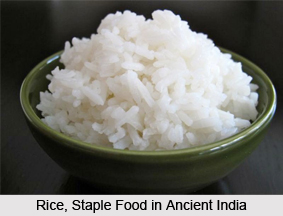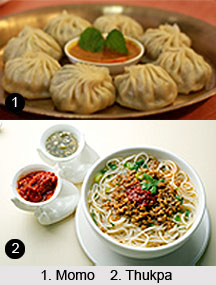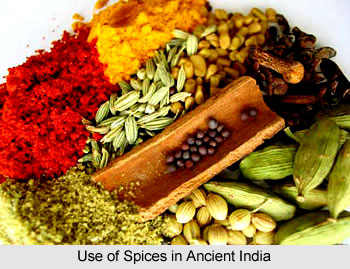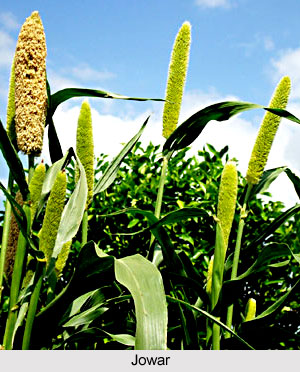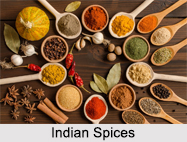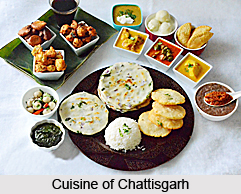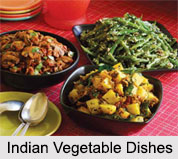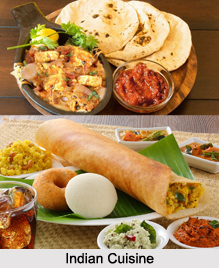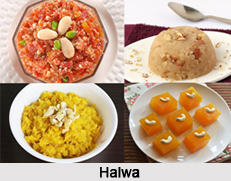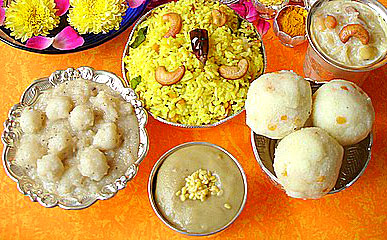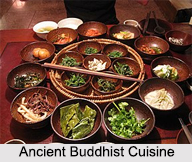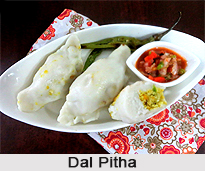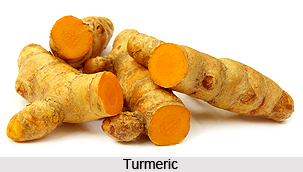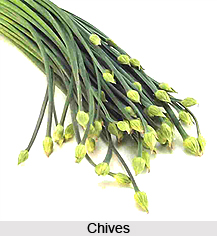 Botanical name: Allium schoenoparasum Linn.
Botanical name: Allium schoenoparasum Linn.
Family names: Liliaceae.
The tops may be cut for use from early spring throughout the summer, and division easily propagates the clumps. Few herbs are more attractive, adaptable or useful for the small gardens than chives. Unlike onions, chives have weakly developed bulbs and only their green tops are used. The young, tender, pencil-shaped tubular leaves of this dark green lavender-flowered herb possess a light, delicate onion flavor; and it is among the most popular of culinary seasonings. Cutting of the leaves appears to stimulate the multiplication of plant.
Leaves constitute the main part of the plant and are used principally for flavoring soups, stews, cottage cheese, and for seasoning salads. Chives are practically always used fresh. However, the dried or powdered leaves of chives are among those used in combination with common salt and other herbs. The bulbs are pickled as tiny onions, and have infinitely more delicate flavor. It is popularly used as a frozen product in the USA.
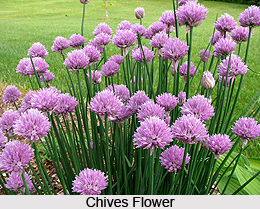
Considering the demand for end use, large-scale utilization of this plant for rural industrialization may not be possible. However, it is possible to plan clusters of pickle units, packed dried powder of its leaves and packed frozen leaves may be possible. More over its medicinal virtues being identical to onions and garlic production of herbal products may also be planned.
Main problem confronting planning being, little published information on its composition is available. Such information is needed to develop products by utilizing this plant so that mass scale utilization planning industrial clusters may be possible. Therefore there is need for further research.

